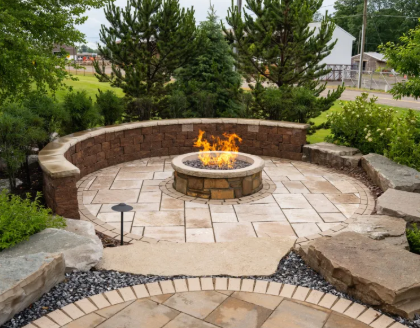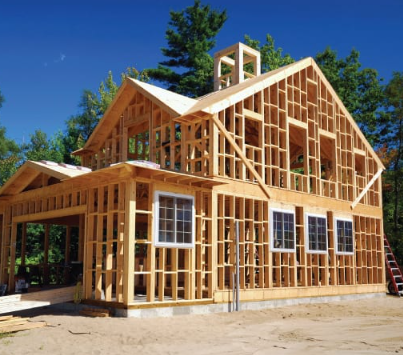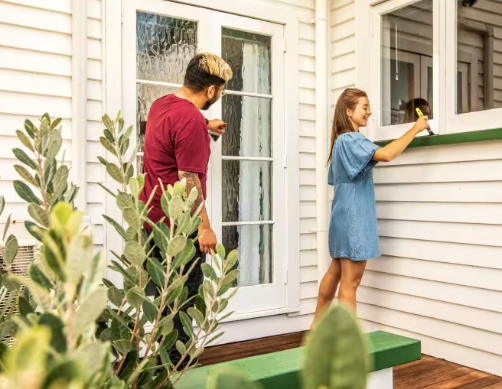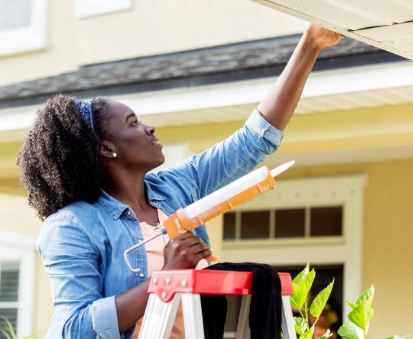Building a fence? Discover surprising materials and expert tips that redefine privacy, design, and outdoor living.
Privacy fences have come a long way from being simple barriers for seclusion. Today, they’re becoming multi-functional features that influence the aesthetics, functionality, and sustainability of outdoor spaces. Whether you’re hoping to reduce noise from traffic, create a cool and shaded backyard microclimate, or simply keep nosy neighbors out, choosing the right material is more important than ever. This article explores less conventional materials and smart design considerations to help you make an informed, forward-thinking decision.
Defining Unique Privacy Fence Goals
Before you browse materials or call a contractor, it’s crucial to identify what your fence needs to do beyond just creating a barrier. Some homeowners build fences to create microclimates—sheltered pockets of cooler air in otherwise hot environments. Others may need soundproofing if they live near a busy road or railway. Some eco-conscious individuals even build wildlife-friendly fences with gaps that allow small animals to pass through without compromising privacy.
Another important but often overlooked step is to evaluate the specific conditions of your site. What type of soil will support the fence posts? Is your property in a high-wind area? Is there any potential interference from nearby power lines or communication towers that could affect smart technologies? Planning with adaptability in mind, such as using modular designs, ensures your fence can be updated as your needs or the environment change.
Innovative and Under-the-Radar Privacy Fence Materials
Today’s homeowners are no longer limited to wood or vinyl. Several lesser-known materials offer exceptional performance and visual interest while aligning with modern values like sustainability and tech integration.
Hempcrete Panels
Hempcrete is gaining attention as a sustainable building material, and it’s now being used in privacy fencing. Made from hemp fibers and lime, these panels are carbon-negative and provide excellent insulation and soundproofing. They’re ideal for temperate climates and eco-conscious homeowners. However, hempcrete requires specialized installation and is not yet widely available, making it a premium option for those serious about green living.
Recycled Plastic Composites
Constructed from repurposed ocean plastics or industrial waste, these panels are durable, UV-resistant, and practically maintenance-free. While they come at a higher upfront cost, they make up for it in longevity and environmental value. These fences are a smart fit for coastal properties or areas where water exposure and harsh sun can degrade traditional materials quickly.
Living Walls (Vertical Gardens)
If you live in a dense urban environment and crave greenery, vertical garden fences might be the perfect solution. These living fences combine privacy with plant life, offering air purification, noise reduction, and even food production. Though setup and maintenance are more involved—requiring irrigation systems and regular plant care—they can transform a concrete yard into a green oasis.
Corten Steel
For homeowners leaning toward a modern, industrial look, Corten steel is a dramatic and durable choice. This weathering steel forms a stable, rust-like patina that protects it from corrosion and eliminates the need for painting. Its durability makes it suitable for arid climates where wood might dry out and crack. Be mindful, though: Corten is heavy, expensive, and can stain surfaces it touches as it ages.
Smart Polycarbonate Panels
One of the most futuristic materials on the market, smart polycarbonate panels can integrate lighting, motion sensors, and even change opacity with the flip of a switch. Lightweight and durable, they offer unparalleled control over privacy and visibility. They’re ideal for homeowners interested in home automation and security features, but the technology comes with a hefty price tag and often requires professional installation and electrical work.
Overlooked Decision Factors
While most people think of aesthetics and cost first, several other factors can make or break your fence project.
Acoustic Performance: If you’re in a noisy area, prioritize materials like hempcrete or composite panels that absorb sound.
Thermal Regulation: Certain fences can impact your yard’s temperature. For example, metal may reflect heat, while greenery provides cooling.
Regulatory Nuances: Always check local regulations. Some cities have rules around light pollution, wildlife corridors, or even the type of fencing allowed in historical districts.
Resale Value: Unique fences can either attract buyers or confuse them. Make sure the design enhances your home’s overall marketability.
End-of-Life Considerations: Think long-term. Can the fence be recycled or composted when its life is over? Biodegradable materials or recyclable composites add to sustainability credentials.
Conclusion
Choosing a privacy fence isn’t just about picking the first wood panel that matches your budget. Today, homeowners can choose from a range of innovative materials tailored to specific climates, lifestyles, and sustainability goals. Whether you're aiming to reduce noise, support wildlife, or embrace smart home technology, there’s a material for you—if you know where to look.
Before making a decision, consult with local suppliers who specialize in eco-friendly or smart materials. If you're still unsure, start small: test a panel in your yard or visit eco-building expos to see materials up close. The right privacy fence can do more than divide space—it can enhance how you live in it.





